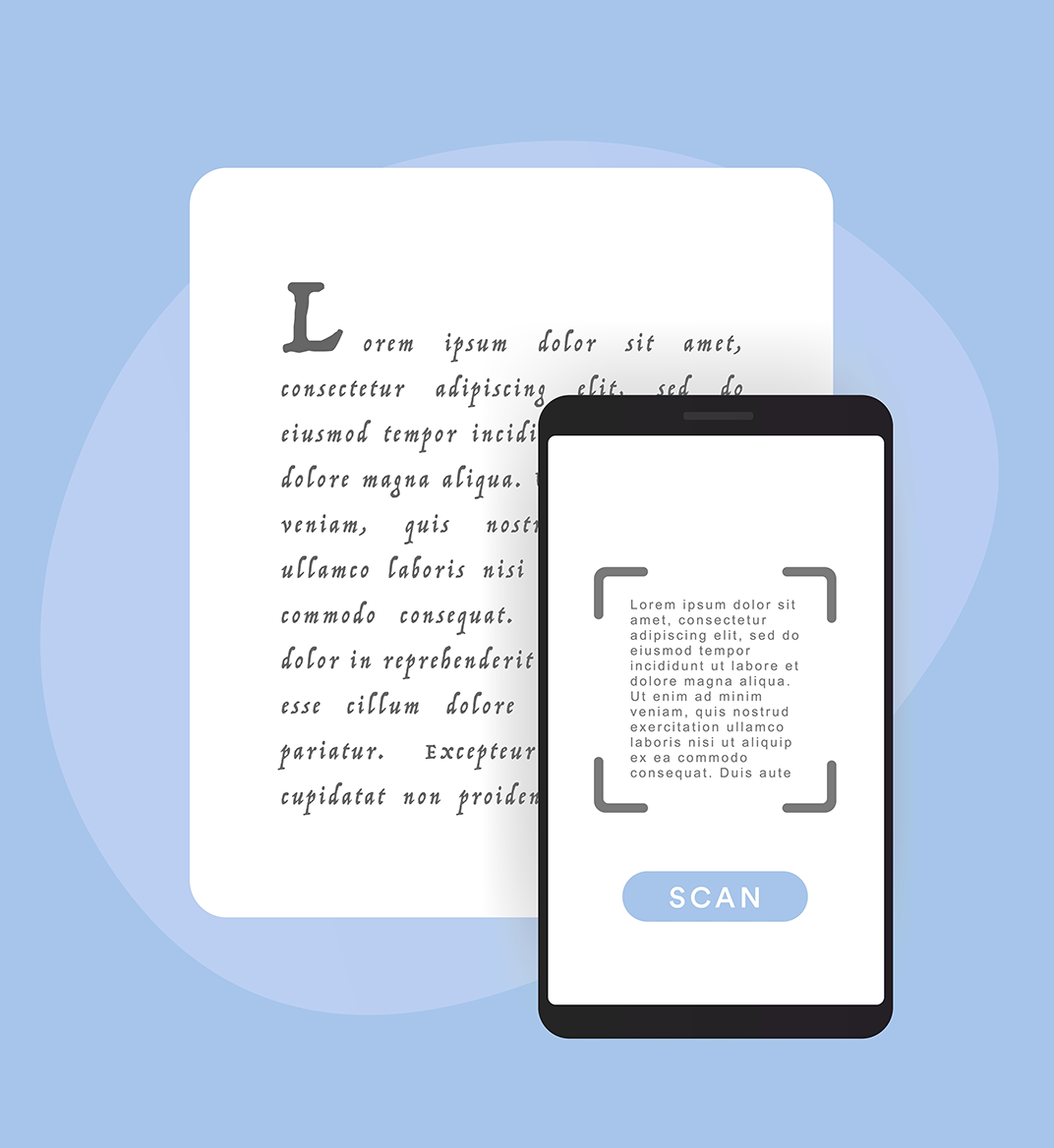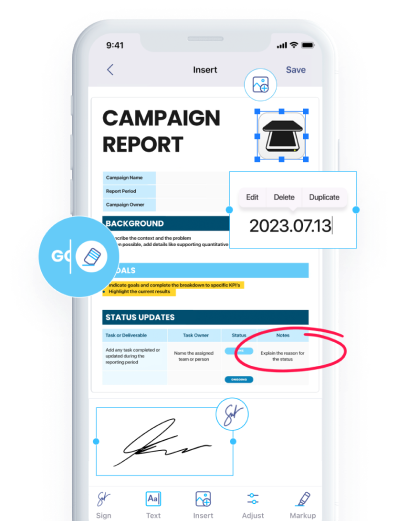

17 jul 2025
Digital transformation is an ongoing trend for modern businesses, with the digitization of paper documents being seen as a foundational pillar for future endeavors. It’s no surprise that most companies these days are actively pursuing digital initiatives, and AI-enhanced OCR (Optical Character Recognition) plays a central role in this shift. This technology offers seamless conversion of physical text into structured, searchable digital content, which can stand the test of time, unlike paper documents.
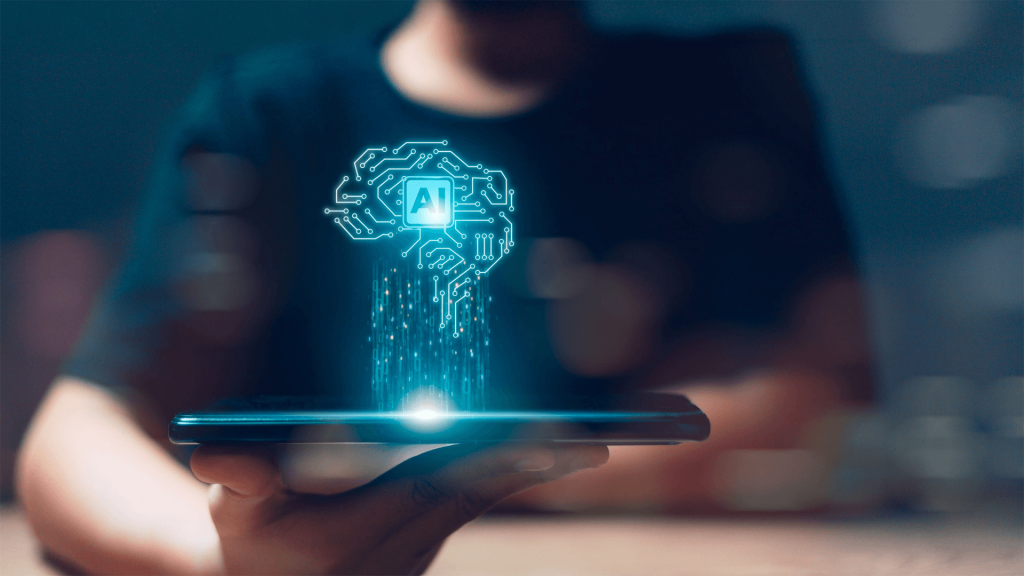
Amazingly, OCR technology dates back to the late 19th century, with early mechanical (and, subsequently, electronic) devices designed to assist the visually impaired and automate text recognition. Emanuel Goldberg’s 1914 telegraph-to-text converter and Reader’s Digest’s 1954 punch-card machine set the stage. In the 1960s and ‘70s, template-based systems evolved, refined by standardized fonts such as OCR-A and OCR-B. But early OCR struggled with inconsistent inputs and limited font variations.
The real game-changer came with AI. Integrating machine learning and deep learning, especially CNNs (convolutional neural networks), enabled OCR systems to recognize fonts, handwriting, and formatting across multiple languages. This resulted in breakthroughs in accuracy and nuance.

Modern AI OCR pipelines typically include several common steps:
Recent generative-AI undertakings are combining layout and text recognition into a single Transformer architecture, pushing both OCR accuracy and versatility even further.

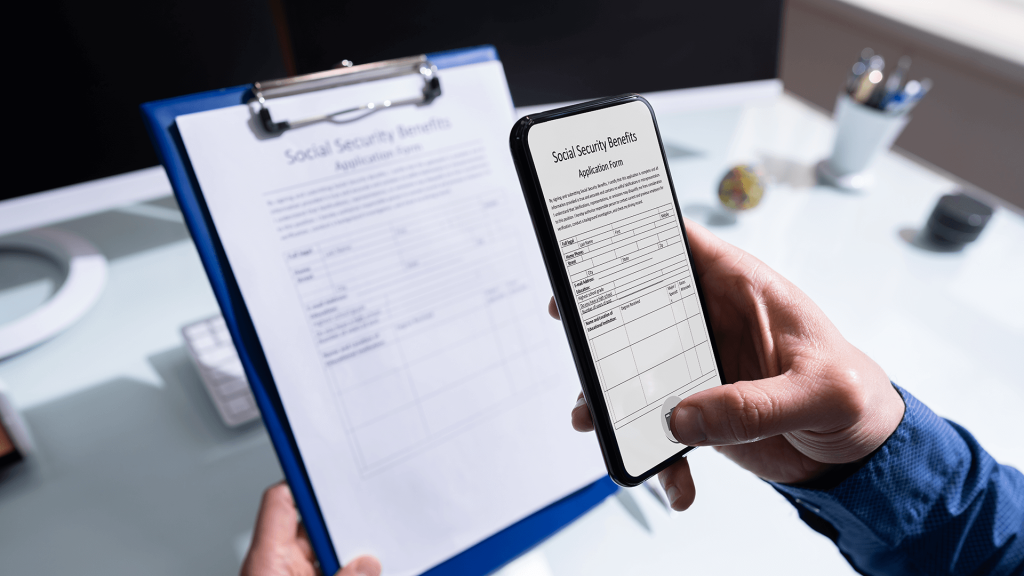
iScanner, available on iOS and Android, relies on AI OCR as its core function for digitizing paper documents. It offers real-time character recognition in over 20 languages, supporting both printed and handwritten input. Thanks to computer vision, iScanner’s AI-enhanced OCR correctly identifies a document and makes a precise digital copy of it. The app can recognize not only plain text but also spreadsheets, images, logos, signatures, and other elements. The result is a fully interactive copy of a document to work with freely.
To illustrate that, here’s an example of how iScanner’s OCR works by identifying and preserving all content blocks and their types. Can you spot the difference?
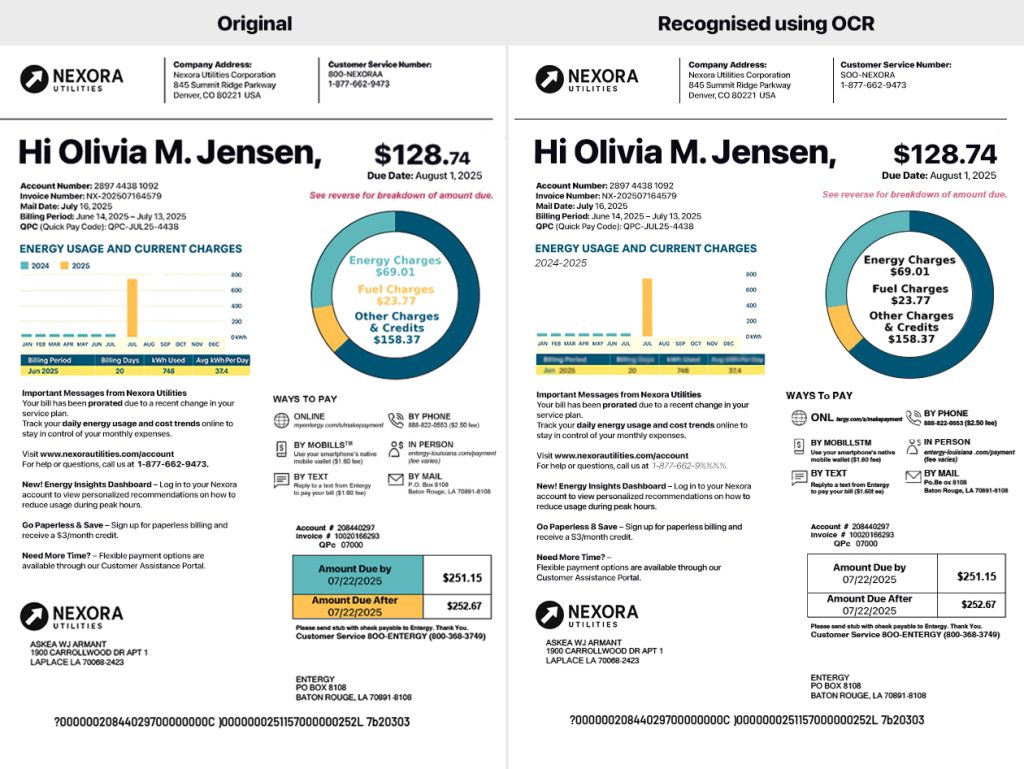
This remarkable functionality is achieved thanks to the in-house OCR engine, created specifically for the app. The team made a deliberate decision to develop its own technology. Unlike many other scanner apps, iScanner relies on a proprietary recognition algorithm, which offers unique advantages in the long run and allows for a more seamless integration with the app’s other features.
Certain key benefits make iScanner one of the best offers on the market of mobile scanners:
These features make iScanner a very capable document management app, blending OCR, editing, and various additional tools into one seamless experience.

Despite remarkable progress, AI OCR still faces certain limitations:


AI-powered OCR has evolved from simple character recognition into an intelligent system capable of reading diverse fonts, handwriting, and complex layouts. Today, it’s at the forefront of automation in various fields across many modern industries. Tools like iScanner emphasize how mobile AI OCR is capable of on-the-go scanning, editing, and cloud-based workflows, making the technology accessible for daily applications in education, business, and even household chores.
Looking ahead, OCR will increasingly blend into AI-enhanced platforms, focusing on extracting text, analyzing context, automating actions, and securing data. Recent innovations in unified models, hybrid workflows, and vision-first retrieval promise even smarter and more seamless document management. And remember, AI itself won’t be taking any jobs away from anyone, but those who have tamed and incorporated AI into their work will. So, what’s holding you back from preparing yourself for the future?
